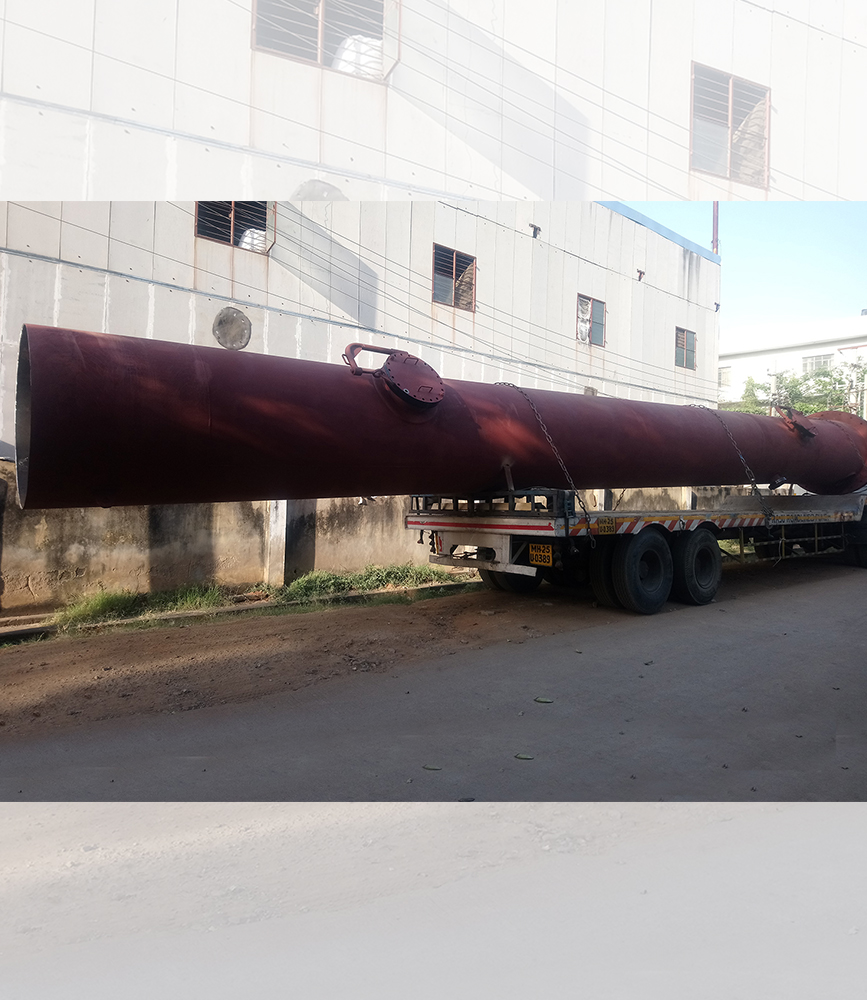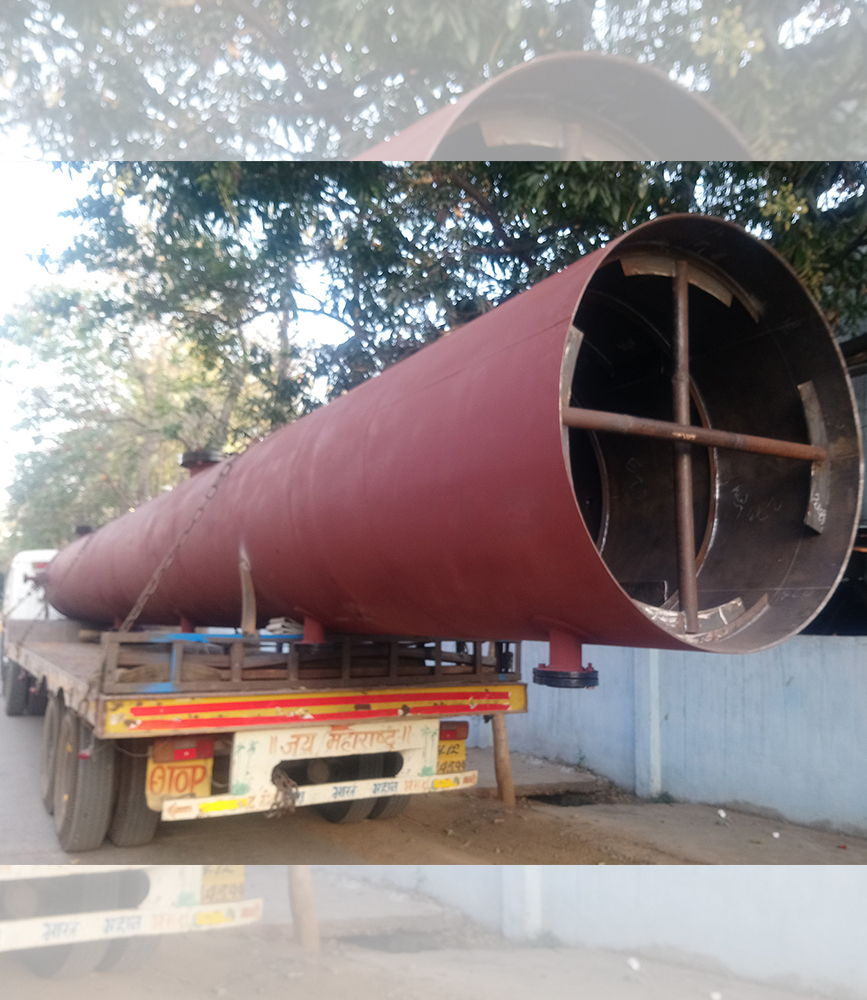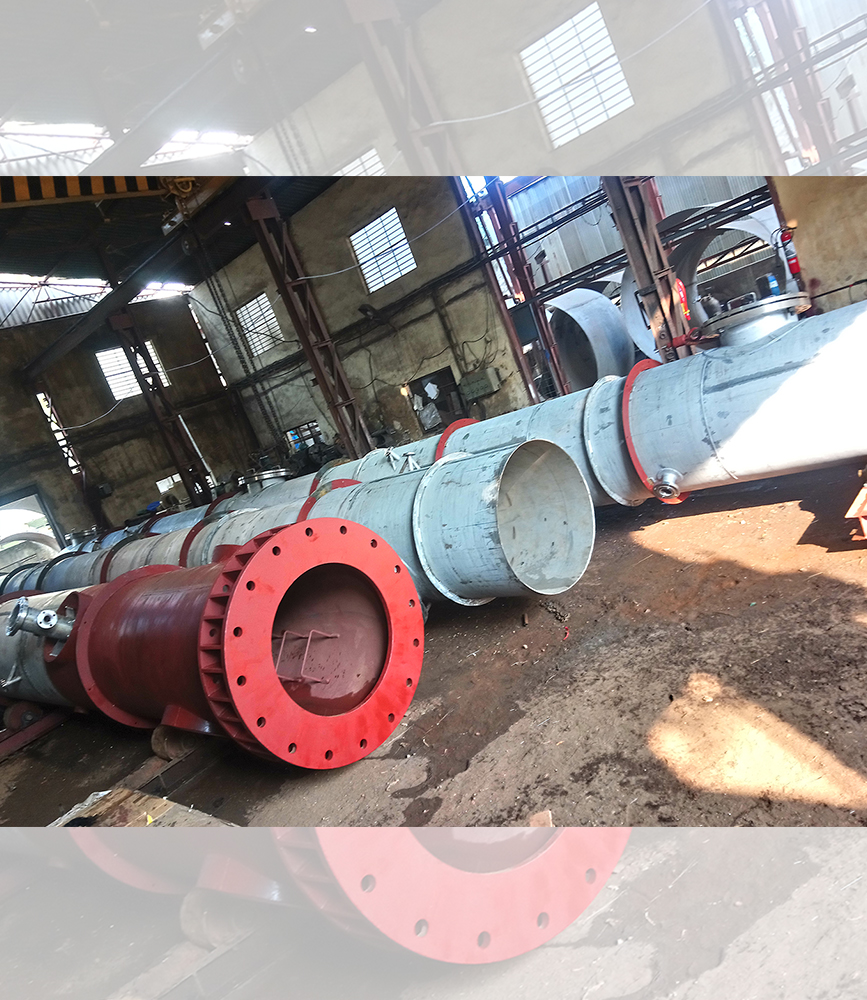- Do you need help? Here Us:
- +91 98857 04874
- mathesis@mathesis.co.in
DISTILLATION COLUMNS MANUFACTURERS
Mathesis are the leading Distillation columns Manufacturers. Distillation columns are the Work Horses for Separation Processes in industry.
Distillation can be carried out in a continuous or batch system. Distillation works by the application and removal of heat to a Mixture of Solvents with differences in relative volatility. The heat causes components with lower boiling points and higher volatility to be vaporized, leaving less volatile components as liquids. Distillation can be used to separate binary or multi-component mixtures. Many variables, such as column pressure, temperature, size, and diameter are determined by the properties of the feed and the desired products.
Role of Distillation Column Internals: Packed bed columns are used for the distillation of vapor-liquid mixtures. The packing provides a large surface area for vapor-liquid contact, which increases the column's effectiveness.
Plate / Tray Column
The Plate, or Tray column is the most widely used in Distillation Process. The number of trays, or stages in the column is dependent on the desired purity and difficulty of separation. The number of stages also determines the height of the column.
The Geometry of the trays within the column affects the extent and type of contact between the vapor and liquid streams. Tray types include sieve, valve and bubble cap. Sieve trays, which contain holes for vapor to flow through, are used for high capacity situations providing high efficiency at a low cost.
Evolution of Distillation Process
The History of Distillation dates back to 13th Century where the process was refined and adapted to Industies for Wine Distilleries, Solvent Recovery and Refining of Petroleum.
The Initial Types of Distillation were:
- Distillation Stills
- Random Packing Columns
- Sieve Tray Columns
- Bubble Cap Columns
- Structured Packing Columns
- Valve Tray Columns
- Molecular Distillation and Short Path Distillation
Types of Packing:
- Random Packing or Geometrically structured shapes and are composed of bulk inert material, such as clay, porcelain, plastic, ceramic, metal, or graphite. Individual packings are typically 3 to 75 mm in size, and have several void spaces that provide a large surface area for liquid-vapor contact. The advantages of dumped packing include high liquid flow rate capacity, high pressure capacity, and low cost.
- Structured Packing is a meshwork of the same diameter as the column. It provides long uninterrupted channels for liquid and vapor flow. These packings result in a lower pressure drop and is preferred for low liquid flow rates and in low pressure situations. They are typically made of wood, sheet metal, or woven gauze.
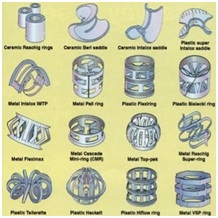
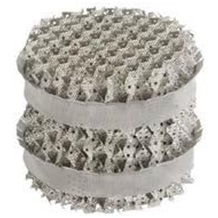
Being leading Distillation columns Manufacturers, We at Mathesis Engineers are well versed with all the Equipments and Auxillary Equipments (Reboilers, Kettles, Reactors Vessels, Condensers) required for Distillation.
With the Evolution and Refining of Distillation Processes some of the underlying advantages of Older distillation methods remain unchanged, in our Journey in manufacturing of various types of Distillation Equipmentsin the past 40years we can confidently take up or suggest a suitable process of Energy Efficient Distillation for customer requirements and Design Scalable Pilot Equipments based on Lab scale results.
We have successfully handled Critical Distillation Equipments like Molecular Distillation of Phytochemicals.
USP of Mathesis Engineers is we have understood the Fabrication Tolerances required for Distillation Columns which have to be strictly Adhered from Fabrication Point of View and Process Point / Operation Point of View to Ensure Trouble free / Seamless Operations of Column Internals Assembly at Site while installation of Columns and Subsequent Column Operations Efficiently.




